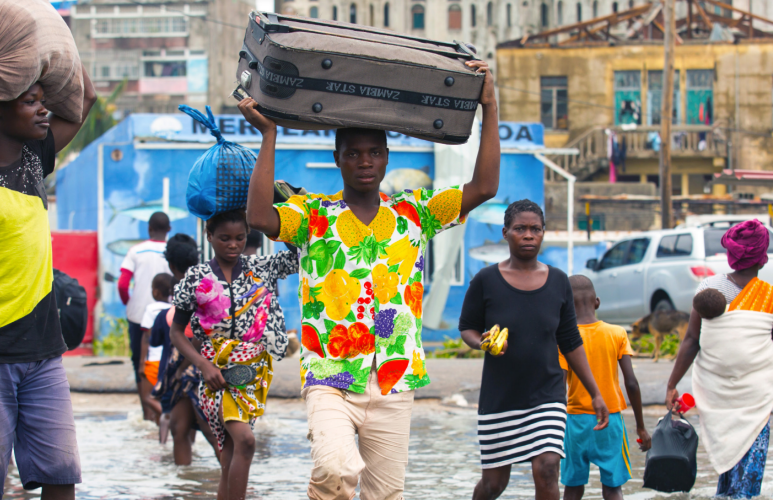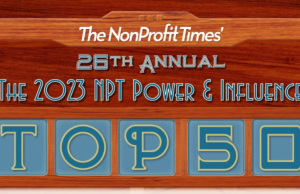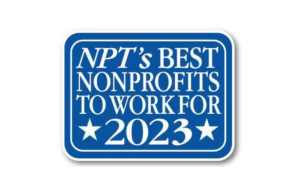Disaster-related giving across foundations, donors, governments and corporations tallied almost $30 billion in 2019, according data in the annual Measuring the State of Disaster Philanthropy 2021: Data to Drive Decisions from Candid and the Center for Disaster Philanthropy (CDP).
The eighth annual report examined available 2019 data on global disaster-related philanthropy, analyzing funding from foundations, bilateral and multilateral donors, the U.S. federal government, corporations, and donations through donor-advised funds (DAFs) and online platforms.
There was almost $30 billion in disaster-related giving with funding across most of the 12 data sources declining in 2019 compared to 2018. Due to IRS processing delays, data from Form 990 is incomplete and data collection is still under way, so institutional analyses in the report are presented as funding “to date.”
The Organisation for Economic Co-operation and Development’s Development Assistance Committee (DAC) provided $22 billion in official development assistance. Non-DAC government donors and multilateral organizations contributed an additional $2.8 billion.
The Federal Emergency Management Agency (FEMA) distributed $3.2 billion for U.S. disasters, with the top recipient areas being Nebraska, California and Iowa. The U.S. Department of Housing and Urban Development (HUD) allocated $1 billion in recovery efforts in 2019 for disasters that took place in 2017 and the U.S. Economic Development Administration (EDA) invested approximately $381.7 million in disaster-related projects.
Foundations and public charities provided $352 million to date for disaster and humanitarian crises, addressing Hurricane Dorian and Cyclone Idai as well as continued support for Hurricanes Harvey in 2017, and Florence and Michael, both in 2018.
More than half of institutional funding (55%) was directed to natural hazards and severe weather, with 41% designated for general disasters. Another 4% was directed to complex humanitarian emergencies, with less than 1% designated for human-made accidents. “Disaster philanthropy might be a drop in the bucket compared to government funding, but it plays an essential role in helping communities prepare for, respond to, and recover from global disasters and humanitarian crises,” said Regine A. Webster, vice president at CDP.
Funding by foundations and public charities primarily was for response and relief efforts (51%). Less than one-fifth (17%) went toward disaster preparedness. Combined, funding for reconstruction and recovery (6%) and resilience measures (4%) amounted to just 10 cents of every dollar from foundations and charities. “It’s critical to fund for response and relief. Yet, it’s also crucial that philanthropy funds preparedness and mitigation, which helps reduce the impact of disasters,” said Grace Sato, director of research. “Communities also require sustained funding to support the long road to recovery.”
CDP made several recommendations in the report about how donors can be strategic in their future disaster-related giving to maximize impact, including:
- Support underfunded areas of the disaster life cycle, particularly preparedness, resilience, and recovery;
- Enable advocacy and community organizing efforts, which can help residents activate and engage to affect systemic change;
- Provide quick, unrestricted, and flexible multi-year financial support;
- Support local nonprofits and knowledge in the U.S. and internationally by funding organizations that focus on marginalized populations; and,
- Report funding data to Candid and ensure that grant descriptions are clear and explicit.
CDP and Candid will host a discussion on the report’s key findings during a free webinar on Nov. 18, at 2 p.m. Eastern, moderated by CDP President and CEO Patty McIlreavy. Panelists will include Supriya Kumar, global partnerships research manager at Candid, and Colin Foard, manager, fiscal federalism initiative at The Pew Charitable Trusts.
The 20-page report, Measuring the State of Disaster Philanthropy 2021: Data to Drive Decisions, is available at doi.org/10/gm29bv








